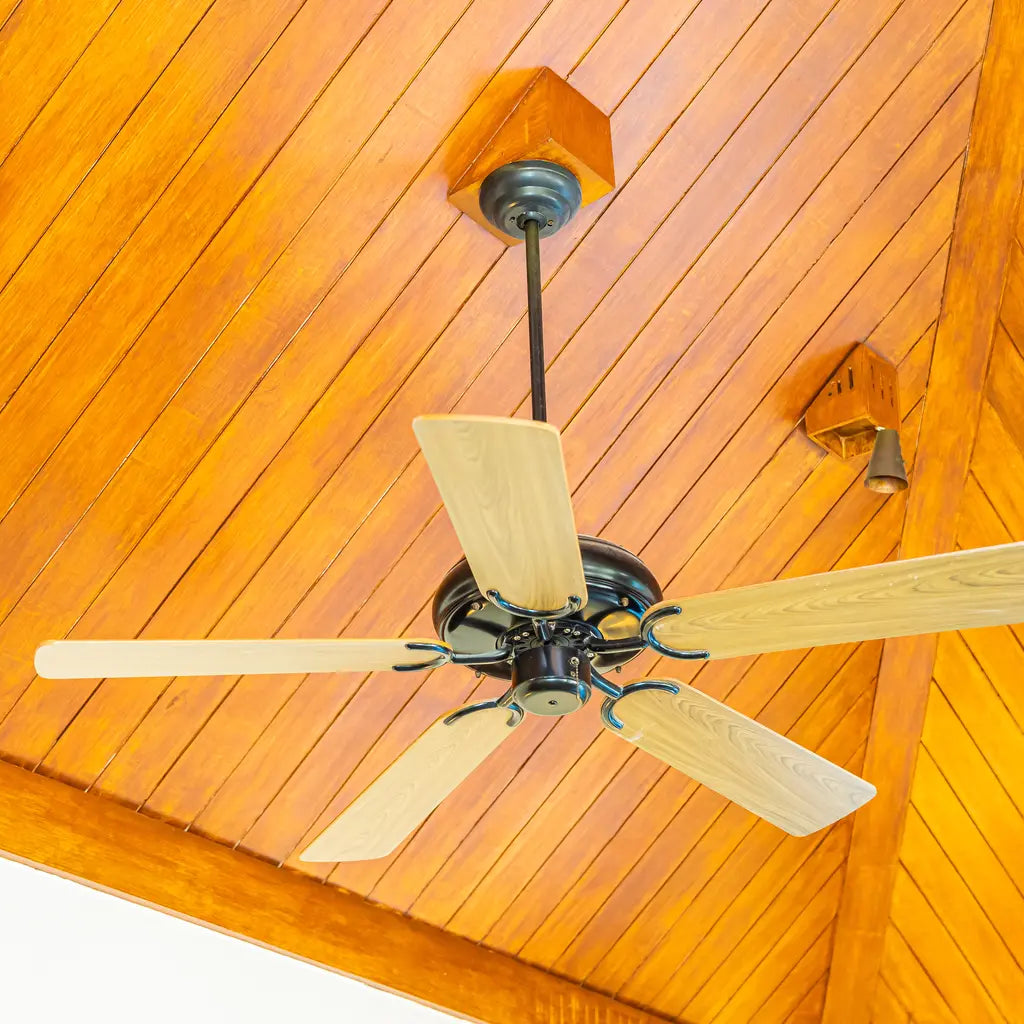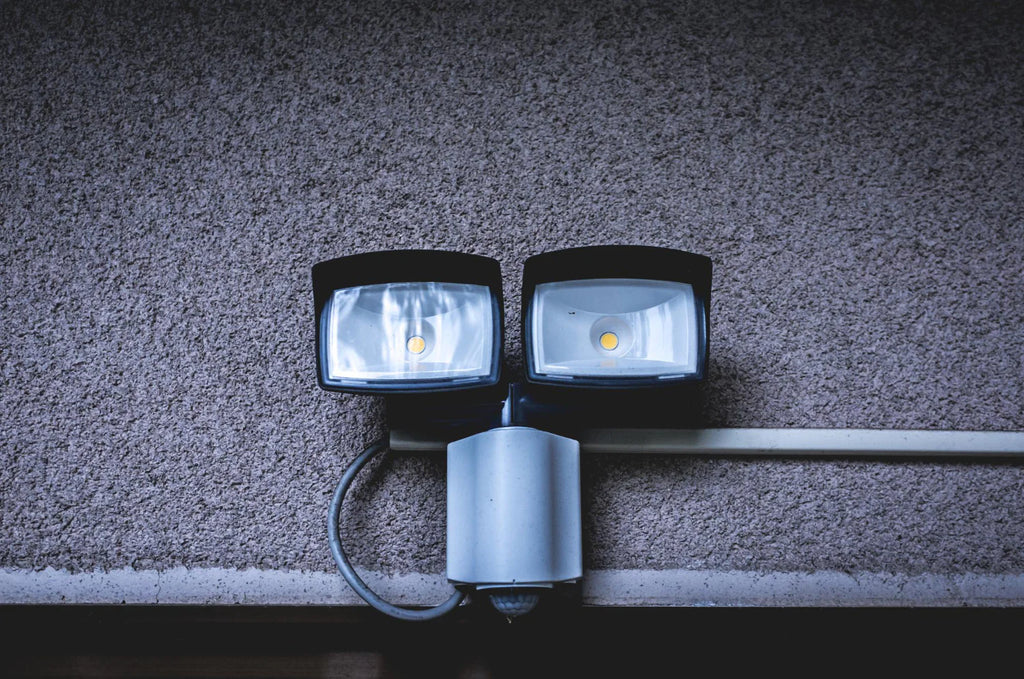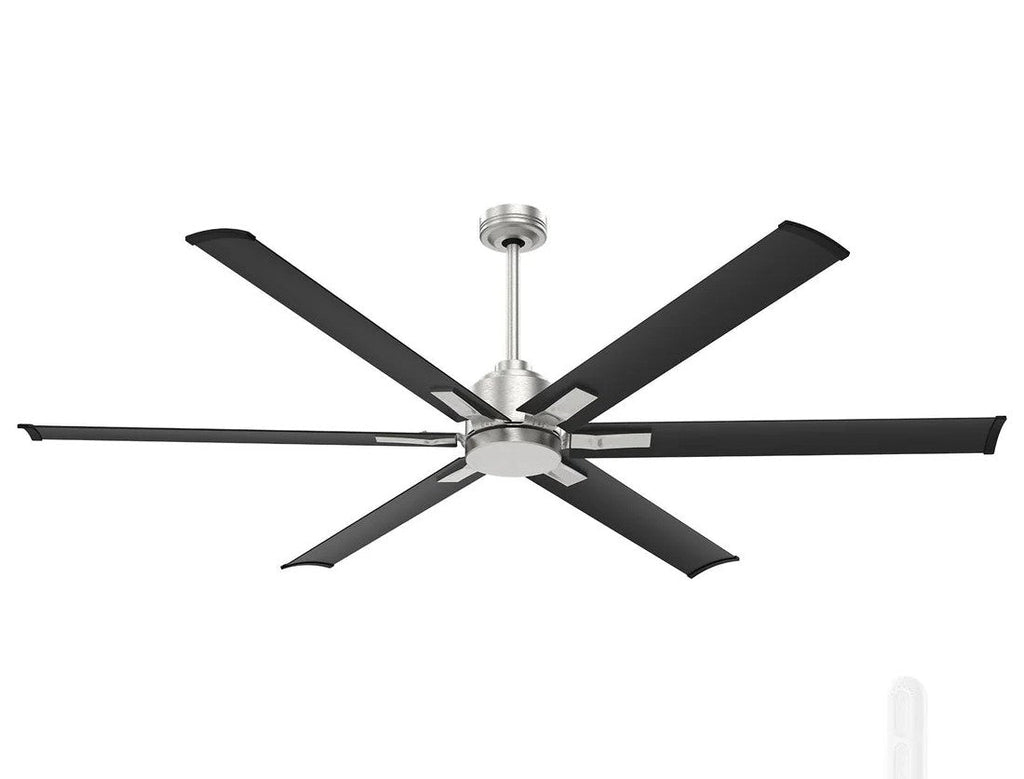
How to Choose the Perfect Outdoor Overhead Fan for Your Home

The right choice of fan for your outdoor space will transform a deck, patio or veranda into a cozy place to relax. The most effective outdoor overhead fans are not just able to provide cool breezes on hot days, but also provide some style to your outdoor décor. In contrast to indoor models, these fans are designed to endure the elements, which means they will provide longevity and efficiency. This guide will take you through all the information you should know to choose the right model for the home.
Understanding Ratings for Outdoor Overhead Fans
If you begin shopping for fans, you'll see that they have specific UL ratings which indicate the safest place they can be placed. An overhead outdoor fan isn't an all-purpose product. Knowing the ratings is the first step in making a wise purchase.
-
Dry-Rated The fans listed are intended for indoor use only. They are not able to handle humidity or moisture, and should not be used outside.
-
Damp-Rated It is suitable for enclosed outdoor spaces such as covered patios or porches that are screened so that they won't be exposed to the elements of rain. They can withstand moisture and humidity within the atmosphere.
-
Wet-rated: The most robust choice made to stand up to direct contact with snow, rain as well as other components. An overhead outdoor fan that is rated wet is great for decks that are open, pergolas as well as other spaces that are exposed.
Sizing Your Overhead Outdoor Fan Correctly
The size of the fan determined by the blade's span directly affects its performance. A fan that's too small for a big space will not move enough air around, and those that are too big could cause a lot of noise in a tiny space. As a rule of thumb ensure that the blade's span is equal to the square footage of your room to ensure optimal airflow. An overhead outdoor fan is best chosen with care so that it is efficient.
Key Features to Consider
Beyond the size and rating Other features may improve the performance and appearance of the fan. Contemporary outdoor overhead fans are available with a range of choices to meet your needs.
-
Lighting A lot of models have integrated light kits which are ideal to entertain guests in the evening. Choose LED lights to ensure energy efficiency and long lifespan.
-
Controls Select between pull chains that are traditional, easy wall controls, or sophisticated remote controls to make operation simple.
-
Material: Blades and motor housings are constructed from weather-resistant materials, such as tough ABS plastic and specially treated steel that are designed to resist the rusting and the possibility of warping.
Take note of how these features are in line to your personal preferences. For example, if you frequently entertain guests after sunset, an item that has a built-in, dimmable lighting is an ideal option. An overhead outdoor fan must be practical and stylish.
The Style of Your Home's aesthetic
The fan you have is an essential appliance however, it's also an aesthetic aspect. The style you pick will be a perfect match for the exterior of your house. If your home is contemporary, traditional or rustic there's the overhead outdoor fan to complement. Brands such as One Stop Lighting offer a diverse range of finishes, ranging from classic polished nickel and bronze to contemporary white or black that will ensure you discover a style that will fit perfectly.
With the right info you can make an informed decision on one of the numerous outdoor overhead fans that are available. If you take into consideration the size, UL rating, features, and design you'll find one that is comfortable and improves your outdoor living space for years to come.
Frequently Asked Questions
Q1: What's the difference between damp-rated and wet-rated fans?
A: Damp-rated fans are for covered porches. Wet-rated fans can be directly exposed to rain and are ideal for open areas like pergolas.
Q2: How high should I hang my outdoor fan?
A: For safety and optimal airflow, hang your fan at least 7 feet from the floor but no more than 9 feet for best performance.
Q3: Can I use an indoor fan in a covered patio?
A: No, only damp-rated or wet-rated fans should be used outdoors. Indoor fans are not built to withstand humidity and moisture.
Q4: Do outdoor fans help with insects?
A: Yes, the strong downdraft from a fan can make it difficult for mosquitoes and other flying insects to bother you.
Q5: Are outdoor fans energy-efficient?
A: Many modern outdoor fans use DC motors and LED lights, making them highly energy-efficient and cost-effective to run.



































